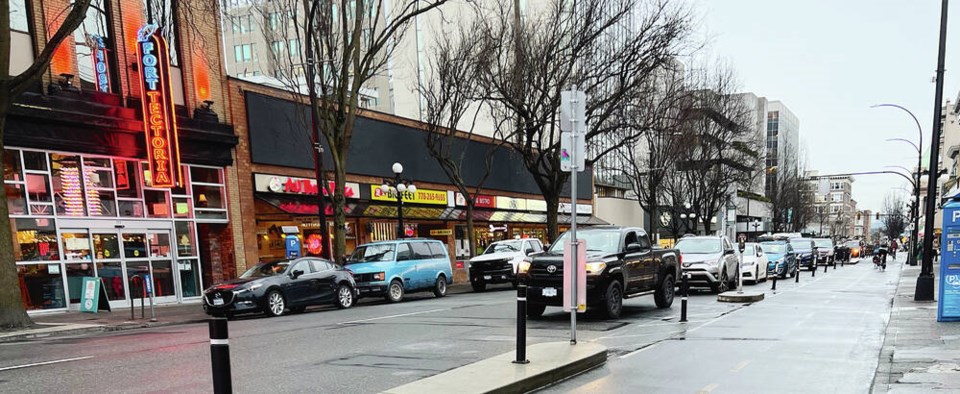I love watching professionals do their thing. Whether it’s woodworking, painting pictures or sports, seeing pros at the top of their game is cathartic.
That applies to driving as well. The other day I saw a semi driver wheel across a busy street, stop and then back a 40- foot trailer into a loading bay as easily as if someone was inserting a key into a door lock. It was magic.
I hope that guy is making some good bonuses. We need more of him.
But that also made me think about why parking a regular car is so difficult for so many people. I’ve lost count of the times I’ve seen people unable to simply reverse a car 10 to 15 feet and turn into a parking space.
Or how about that inability to position a car more or less squarely inside the two white lines of a parking space?
I know people who won’t even make the attempt to parallel park. They will circle the block looking for two open spaces so they can nose in or find open space blocks away from their destination.
Making things worse, some jurisdictions in North America no longer require parallel parking as part of their driving test as fail rates soared, causing administrative backlogs around continual re-testing, paralyzing systems.
No wonder that self-parking vehicles are becoming such a popular feature.
But at some point in your driving life, reversing safely will be a necessity — maybe even a life saving one.
There are scores of good “how to” videos on the internet showing you how to parallel park, sparing you from a lengthy explanation here. The key to me has always been to find reference points on your own vehicle — matched against points on the vehicle you are trying to park behind. These reference points guide you when to turn your wheels.
For example, as you reverse toward the parking space, when the rear corner or tail light assembly of the car you’re parking behind comes to the middle of your right rear passenger window, that’s the point where you turn all the way to the right. Once you establish these reference points the process is not that difficult.
When negotiating into a space in a shopping centre, think about the position of your rear wheels. If you can swing out enough to ensure your rear wheels will go into the parking stall in a straight line then fitting straight into the stall becomes also quite easy.
It’s always better to reverse into a parking space if possible. Backing out means reduced visibility and less manoeuvrability. When reversing in, one way to tell if you’ve backed far enough is to stop when your side mirrors are next to the side mirrors of the car beside you. But remember that you need to thoroughly understand the size and clearances around your own vehicle. Guessing is dangerous.
Safely parking is an essential skill. Patience and practise can make it work for you.
Glove Box: If driving a safe vehicle is important to you, then you’d better look beyond the shores of North America, at least according to Consumer Reports, which updated its crash safety list this month. They chose 53 vehicles, broken into 11 different categories, from small cars to large-sized pickups to go on their “good” list.
The only North American products making it were Jeep’s Grand Cherokee, Grand Cherokee L and the newly minted, California based, electric Rivian R1T pickup. The rest of the winners hailed mainly from German or Japanese manufacturers. Naturally, Sweden’s Volvo — a perennial safety winner — also made the list with its SUV model.
Safety is not just about crashes, though. Kudos to Canadian regulators who had the foresight to demand that Kia and Hyundai vehicles be equipped with anti-theft immobilizer systems in order to operate on our roads. Not so in the U.S., where thefts of these models are epidemic. One U.S. sheriff’s office reported 18 thefts of Hyundai or Kias in one day. In Chicago’s Cook County, thefts have risen 800%.
Part of the problem is a viral video challenge on TikTok and other social media which show thieves exactly how to boost these cars. Fortunately, that method won’t work on Canadian models because of proper immobilization software. But it didn’t stop crooks in B.C. from trying.
In Summerland, thieves, who obviously hadn’t done their homework, were stymied by a Kia’s Canadian immobilizer system. But the damage they did by trying probably turned the vehicle into a writeoff.
So far the car makers have agreed to fork out $200 million to stricken U.S. owners. I’ll bet installing the proper software from day one would have been a lot cheaper.



